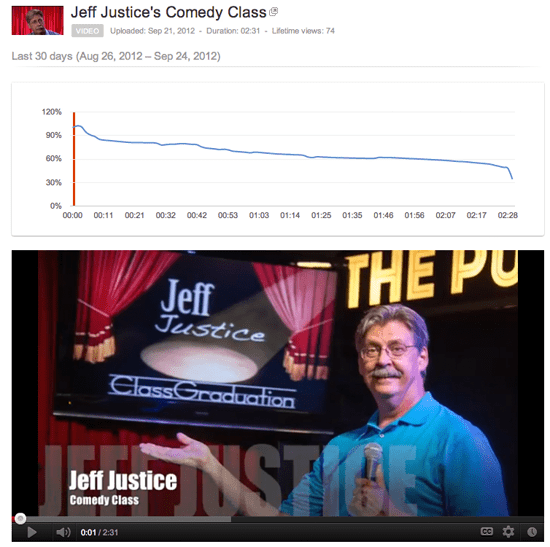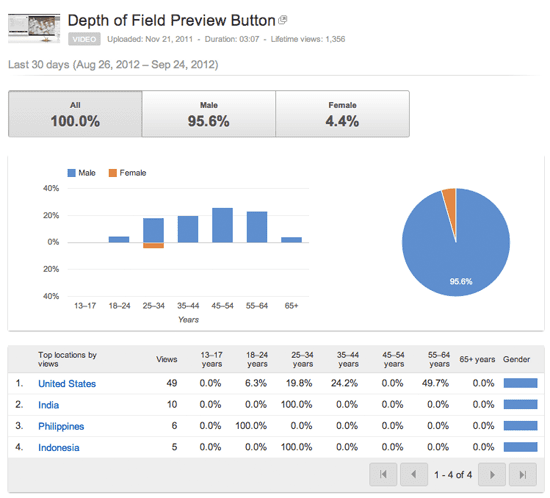When is the last time you asked these core questions about a project?
- What is the story?
- What is the purpose of the communication?
- Who is the audience?
- Why does the story matter?
- When will the audience pay attention?
- Where will the audience find the story/message?
Today’s editorial photographer needs to be more concerned with these questions than ever before.
What has changed to make this so important? It is easier to ask what hasn’t changed and the answer to that is storytelling.
Today when a professional gets a call to help tell a story, there is a very good chance they will be involved all the way through the process. If you are not involved there is a very good chance you will be replaced by someone who can be involved more than just making photos.
There are a lot of stories that are quite entertaining that will not help the client achieve their goals. Too many storytellers are more wrapped up in the story rather than the purpose of what the story is to help achieve.
Audience Retention
Today if the audience is finding the story online we now can study how long they were on the page and with video at what point did they stop watching. This is valuable information to the client and the professional communicator.
You can evaluate the effectiveness of your package with the audience.
Nonprofits can track the viewers giving to the organization. Bill Bangham the editor of Commission Stories, a tabloid sized publication for a missionary organization found out the organization had paid for research to see how effective the publication was. At first Bill was upset because they didn’t tell him this was going to take place. However, he was pleasantly surprised to hear that his readers gave more than 43 million dollars to the organization making up more than 50% of their budget. The cost to produce the tabloid was only $200,000 a year.
After seeing the numbers those who thought they could save the printing costs and putting it on line, it was clear that was the wrong thing to do with this audience. The audiences liked connecting to the organization through the tabloid size publication and were continuing to support the organization due to the story content.
Who’s the audience
For a video I posted to help understand how to use a Depth-of-field preview button the audience was 95.6% men. What was surprising to me is I was thinking a lot of undergraduate students would watch this, but the numbers show that primarily men ages 25 – 64 were the audience and the largest segment to be those 45 – 54 years of age.
If I were trying to reach the younger crowd I missed the mark. After doing a number of videos and blog posts I am starting to see certain topics draws in audiences more than other topics.
If I continued to only produce content that is popular then I would be missing my purpose. My purpose is to help people grow in their photography. Some of the topics I write on are key to success and the least read.
I must revisit these topics and figure a better metaphor, example or another way to hook the audience, because some of the content is the most important for those seeking to be professional photographers.
Key to more jobs
Understanding that you are responsible for more than just a small piece in the communication puzzel will help you be more valuable to the client. Asking questions that help you understand how your content will be used will help you to provide better content.
Today I am just as likely to shoot, produce and post the content of a story. When I started I just made a picture and then many other hands touched it before the audience ever did.
The best part of being this involved is the content I produce is so much better. The reason it is better is because I am asking more of the core questions to understanding why we are producing a story for an audience.


